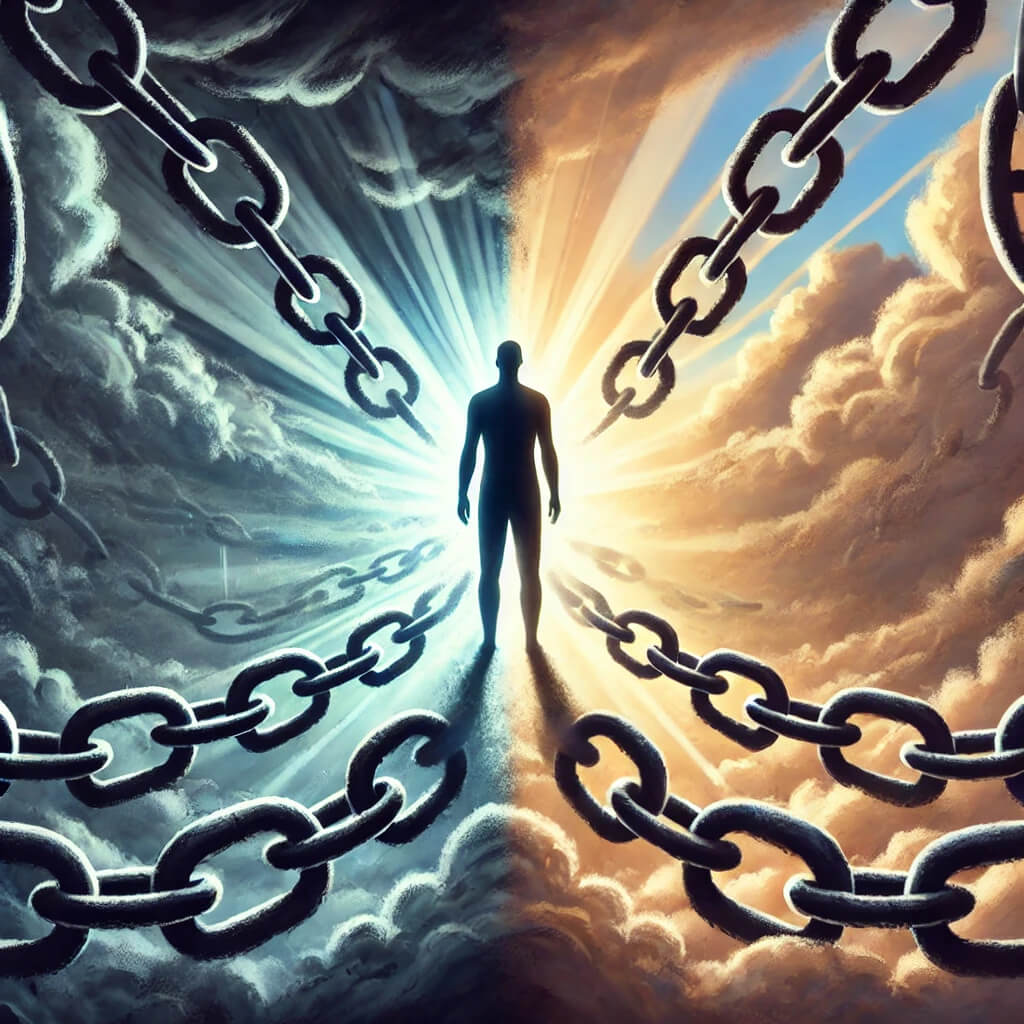Releasing trauma is an incredibly challenging and exhausting process. It involves revisiting painful memories, confronting deep-rooted fears, and allowing yourself to feel emotions you may have buried for years. The process requires immense courage, vulnerability, and energy, often leaving you feeling drained.
Yet, while releasing trauma is undeniably exhausting, holding onto it is even more so. When you hold onto trauma, you carry the weight of unresolved pain, anger, or grief with you every day. It colors your experiences, affects your relationships, and limits your ability to fully live and enjoy life. Trauma creates mental and emotional blocks, keeping you stuck in a cycle of reactivity, fear, or avoidance. It’s as if you’re constantly carrying an invisible burden, one that weighs heavier the longer you hold it inside.

The Hidden Cost of Holding On
Many people hold onto their trauma because it feels safer than confronting the unknown that comes with healing. There’s a false sense of control in keeping it buried, as if ignoring it will make it go away. However, this coping mechanism comes at a cost. Unresolved trauma can manifest as chronic anxiety, depression, physical illness, or difficulties in relationships. It consumes your mental and emotional energy, often without you even realizing it.
Holding onto trauma also keeps you locked in survival mode, where every day feels like a battle. You may find yourself triggered by seemingly small events or unable to trust others fully. Your capacity for joy and connection diminishes because a part of you is always bracing for the next emotional blow.
The Exhausting but Necessary Process of Release
Releasing trauma means facing all the emotions, memories, and fears that you’ve tried to suppress. It means breaking down the walls you’ve built to protect yourself and feeling the pain you’ve been avoiding. This process is physically and emotionally exhausting because it takes an incredible amount of energy to dismantle these protective barriers and work through the feelings they’ve been holding back.
However, this exhaustion is part of the healing journey. Just as the body becomes tired after releasing tension, the mind and spirit need time to recuperate after processing trauma. But with each release, there’s a sense of lightness, a small opening for peace and freedom that wasn’t there before.
The Freedom in Letting Go
While holding onto trauma may seem like a way to stay safe, it ultimately keeps you trapped in a cycle of pain. Letting go is the only way to reclaim your life. The release, while draining, brings you closer to true healing and inner peace. With every step toward letting go, you regain energy, clarity, and the ability to experience life fully.
Though exhausting, releasing trauma is an act of profound self-love. It’s a commitment to your own well-being, to free yourself from the burdens of the past and open yourself to the possibility of joy, connection, and a brighter future. The process may be difficult, but the peace and freedom on the other side make it worth every effort.

